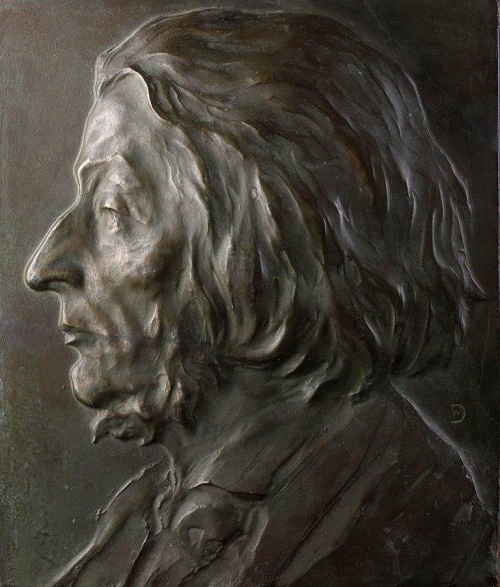Soviet sculptor Dmitry Ryabichev 1926-1995
Soviet sculptor Dmitry Ryabichev (1926-1995) was Veteran of the Great Patriotic War, member of the USSR Union of artists (1954), People’s Artist of the RSFSR, laureate of the State Prize of the USSR, laureate of the UNESCO Prize, and laureate of the Lenin Komsomol Prize. Famous Russian sculptor – author of monuments, portraits, monumental compositions, and sculptural and architectural ensembles in Russia and in the world.
During the period of 1946 – 1954 he studied at the Leningrad Civil Engineering Institute, Faculty of Architecture, then at the Moscow Art and Industrial School, the Faculty of Sculpture. One of the brightest representatives of modernity, Dmitry Ryabichev entered art in the mid-sixties, just at the time when Soviet masters gained special freedom of expression, when bright trends in all kinds of art appeared.
More »






